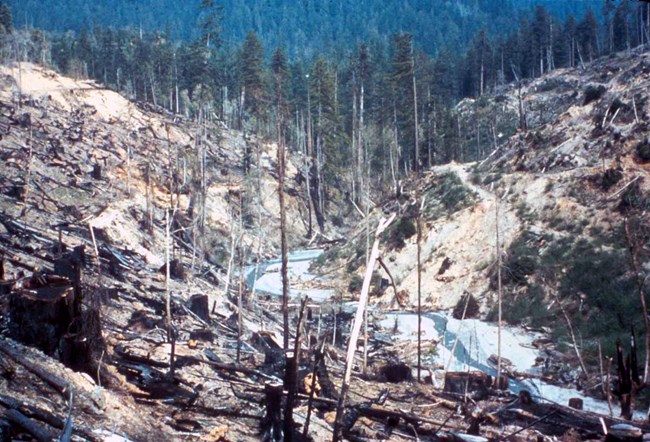
NPS You can experience a 360 degree video of healthy Godwood Creek in the redwoods, and a 360 degree video of unhealthy May Creek in the redwoods that was buried during logging in the early 1960s.
Riparian Restoration in the Redwoods 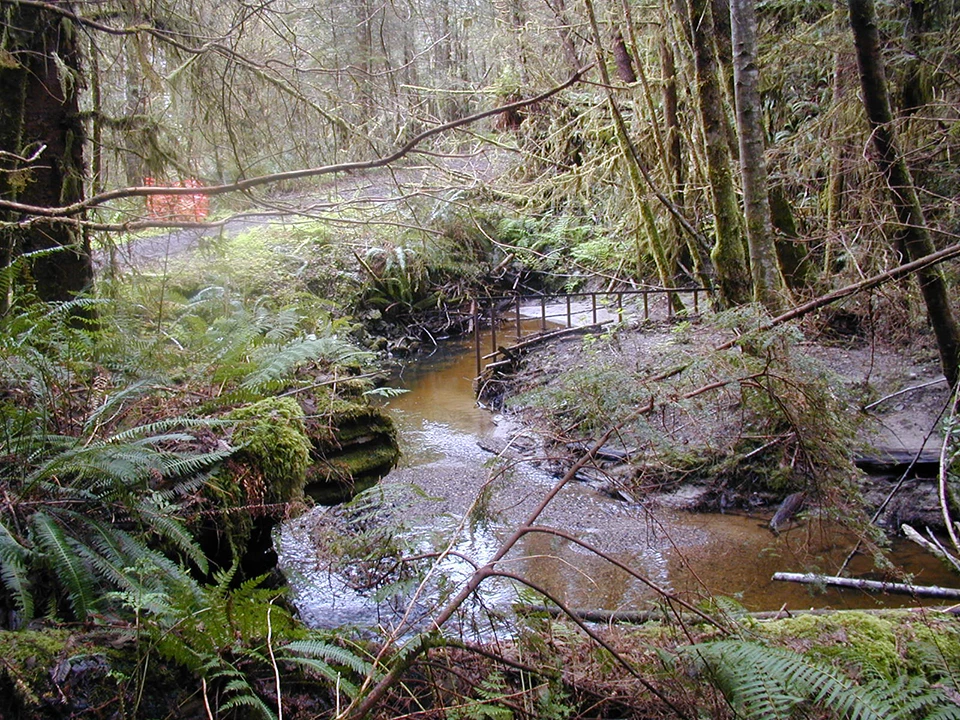
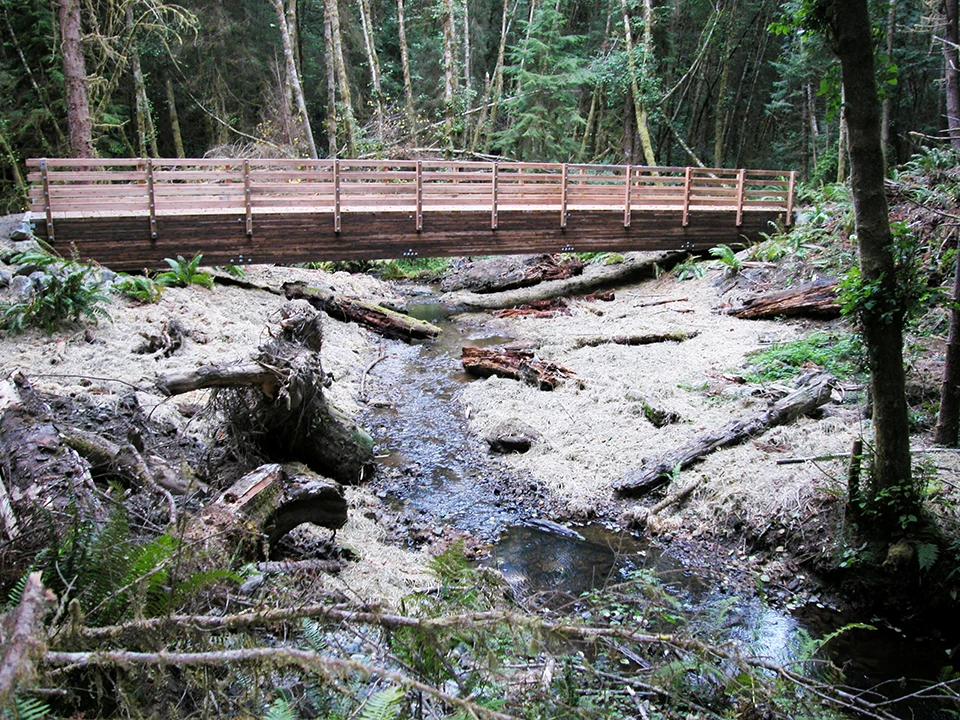
Left image
Right image
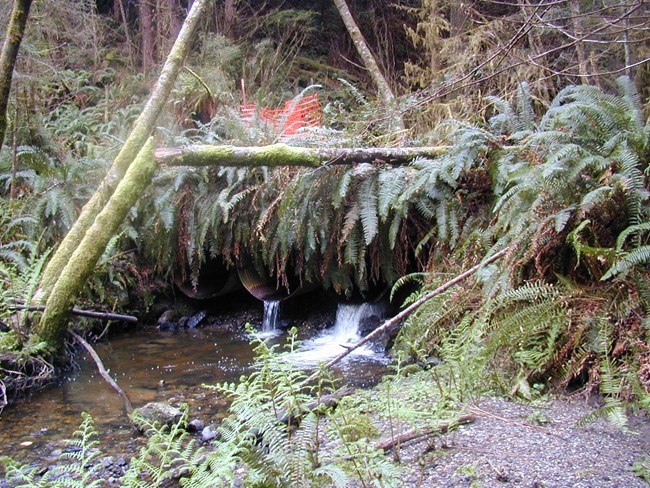
NPS Two Creeks: Two Different Stories 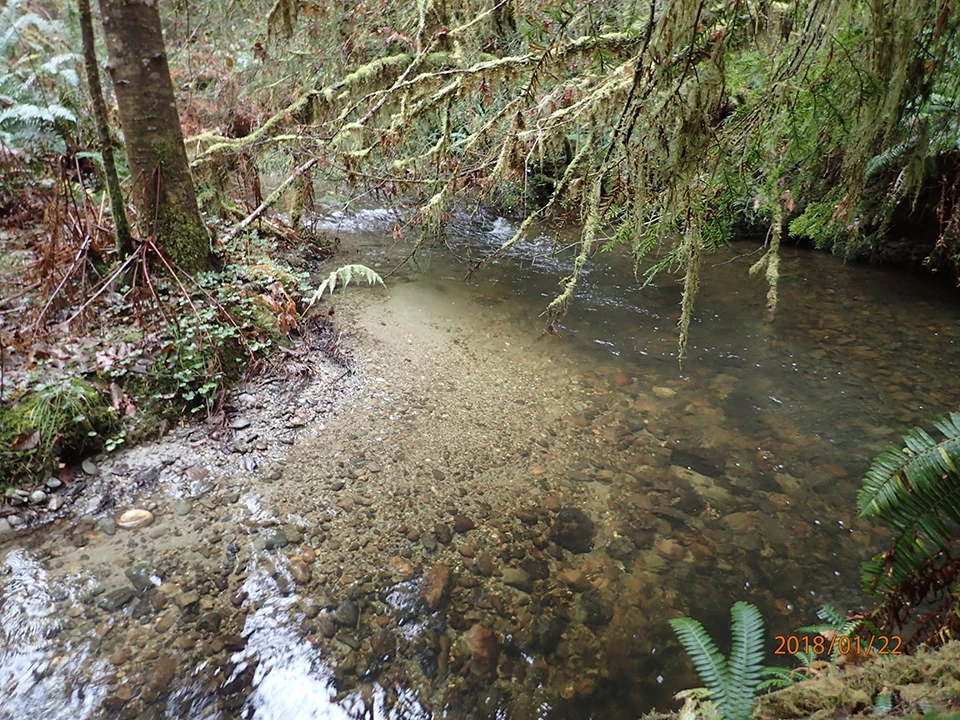
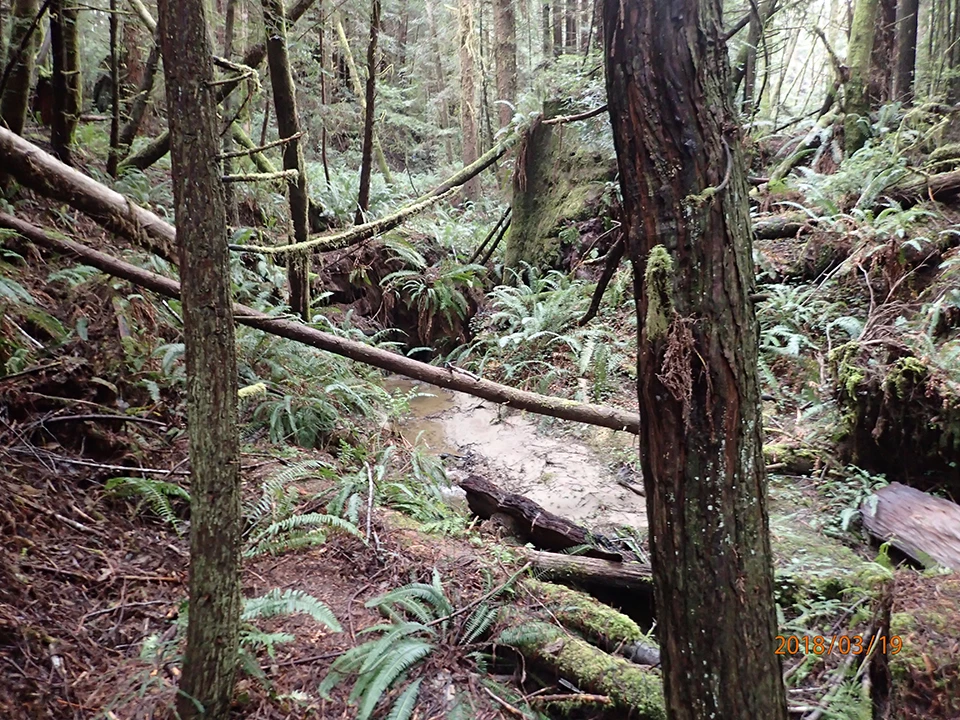
Left image
Right image
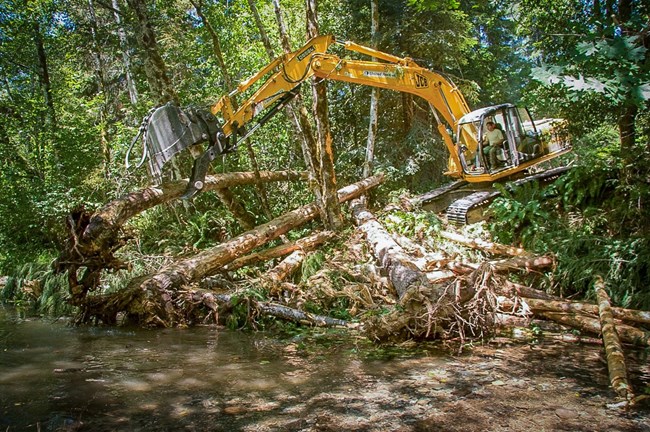
CDPR Mill Creek Restoration 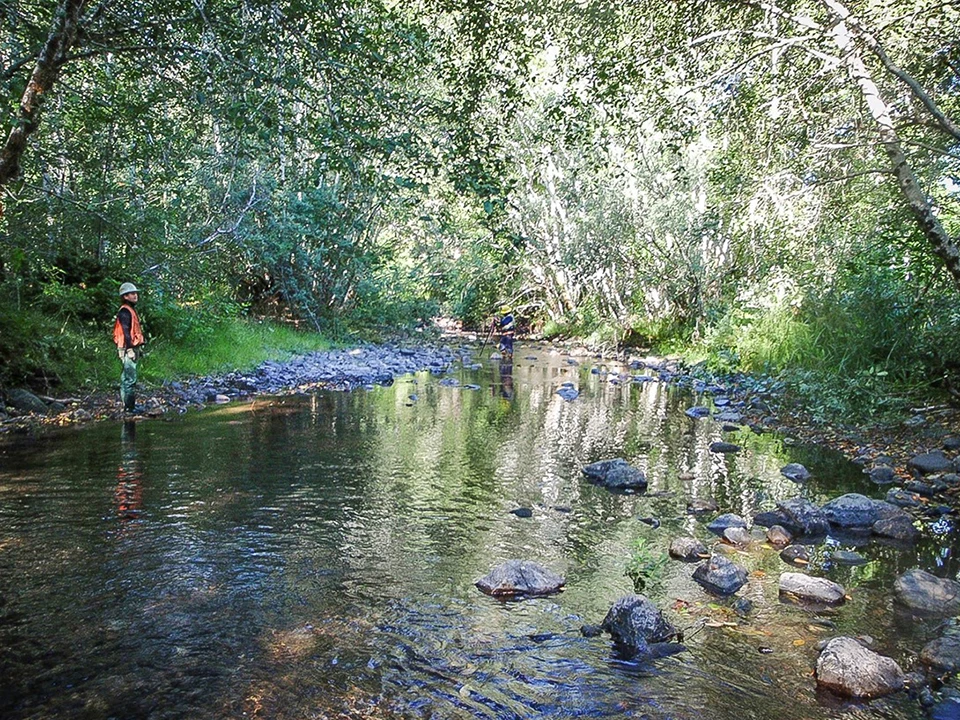
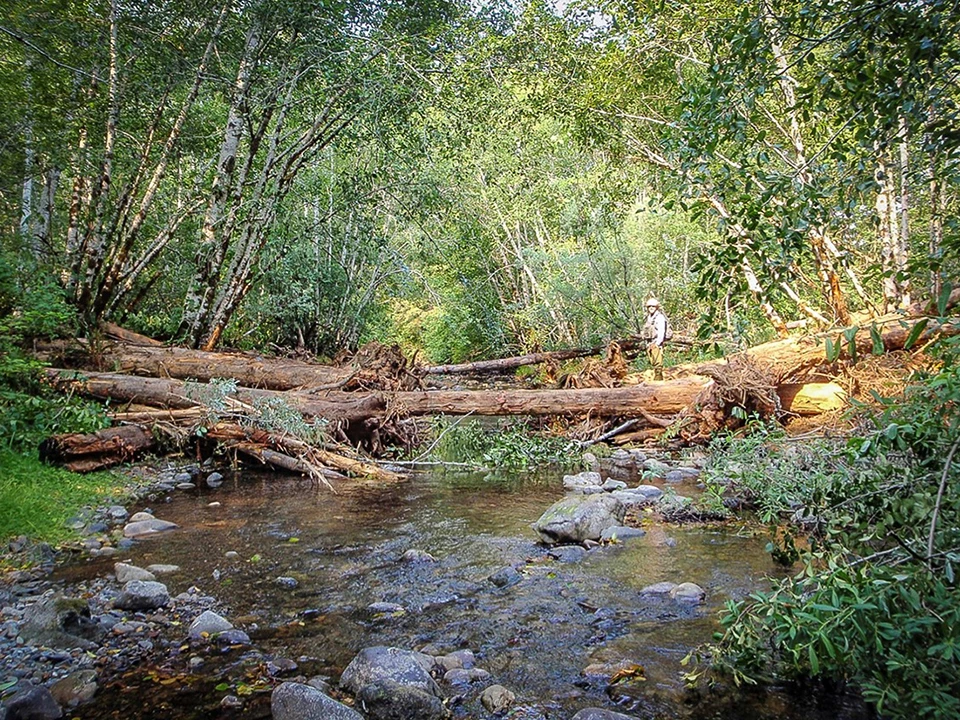
Left image
Right image
|
Last updated: April 18, 2022

